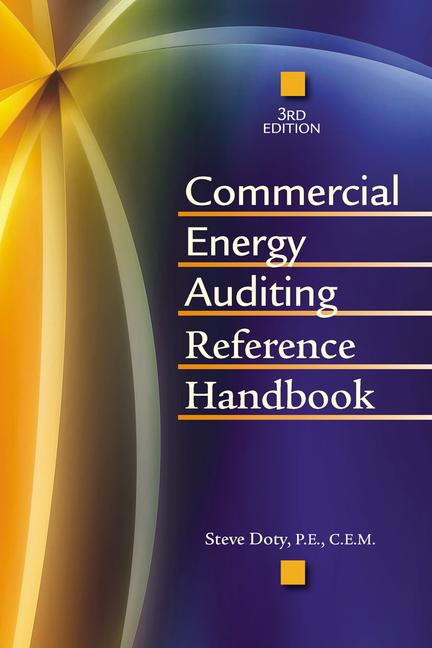Zero energy buildings (ZEBs) eliminate the use of non-renewable energy sources by decreasing energy use and producing enough renewable energy to meet the annual energy use attributable to their buildings. According to ASHRAE, while the concept of ZEBs is generally accepted in the building industry, no common definition exists. This creates a challenge in trying to incentivize such buildings and in developing common design strategies.
“We talk about green buildings, sustainable buildings, and high performing buildings, but it is hard to measure success,” said Paul Torcellini, Ph.D., P.E., of the National Renewable Energy Laboratory. “Zero energy gives you an energy goal that you can predict and measure and you know if you’ve achieved it — ‘Yes, this is’ or ‘no, this isn’t a zero energy building.’”
Torcellini is a speaker in a seminar on zero energy buildings being held at the ASHRAE 2015 Annual Conference, June 27-July 1, at the Atlanta Hilton in Atlanta. To register or for more information, visit www.ashrae.org/atlanta.
The seminar, “What is a Zero Energy Building, and How Can We Get There?,” is part of the Conference Technical Program, which features some 100 sessions, with more than 300 presenters and 103 paper presentations.
Torcellini also is involved in an effort by the National Institute of Building Sciences (NIBS) for the U.S. Department of Energy to develop a common definition for zero energy buildings.
Zero energy buildings have tremendous potential to transform the way buildings use energy, according to Neil Leslie, P.E., of the Gas Technology Institute, who is chairing the seminar. Zero energy homes are becoming more affordable with the availability of lower cost solar panels and advances in high performance designs. Large private commercial property owners are interested in developing zero energy buildings to meet corporate goals. In response to regulatory mandates, national government agencies and many state and local governments are beginning to move toward zero energy targets for both commercial and residential buildings.
“By combining incredibly energy efficient design with renewable energy generation, ZEBs are the holy grail of energy efficient building operation,” said speaker Kent Peterson, P.E., BEAP, with P2S Engineering, Inc. Peterson also is involved in the NIBS effort to develop a common definition.
But that’s difficult without defining what it means to have a zero energy building. Having a common definition will make it easier for governments and utilities to recognize or incentivize zero energy buildings, according to the NIBS public review document. Report authors also note that having a common definition and corresponding methods of measurement “would have a significant impact on the development of design strategies for buildings and help spur greater market uptake of such projects.”
Torcellini said the reasons for pursuing zero energy vary: cost reduction; energy sustainability and security; reduction of carbon emissions; and lessening air and water pollution.
“Regardless of the reasons, to reduce our energy impact, we must reduce our non-renewable fuel consumption,” he said.
The seminar discusses North American and European efforts to develop flexible and usable concepts and definitions related to zero energy buildings and near zero energy buildings that can be used for a building, or group of buildings, considering on-site and nearby renewable energy options.
ASRHAE sessions include the following.
• (Net) Zero Energy Building Definitions and Boundaries
• Implementation of Zero Energy Building Definitions
• European Strategies to Comply with Zero Energy Building Directives
Other sessions in the High Performance Buildings track are as follows.
• Occupants and Thermal Comfort, June 28
• Energy Performance of Active Chilled Beam Installations, June 28
• International Standard for Radiant Heating and Cooling Panel Systems, June 29
• Field Performance Results of VRF, GSHP and GS-VRF Systems: The “Living LAB” Results Are In, June 29
• Outdoor Air and Energy Recovery for Energy Efficiency, June 30
• Best Practices in Sustainable Design around the Globe, July 1
• Important Factors for a High Performance Building, July 1
• Green Building Acoustics: Making Green Sound Good, July 1






